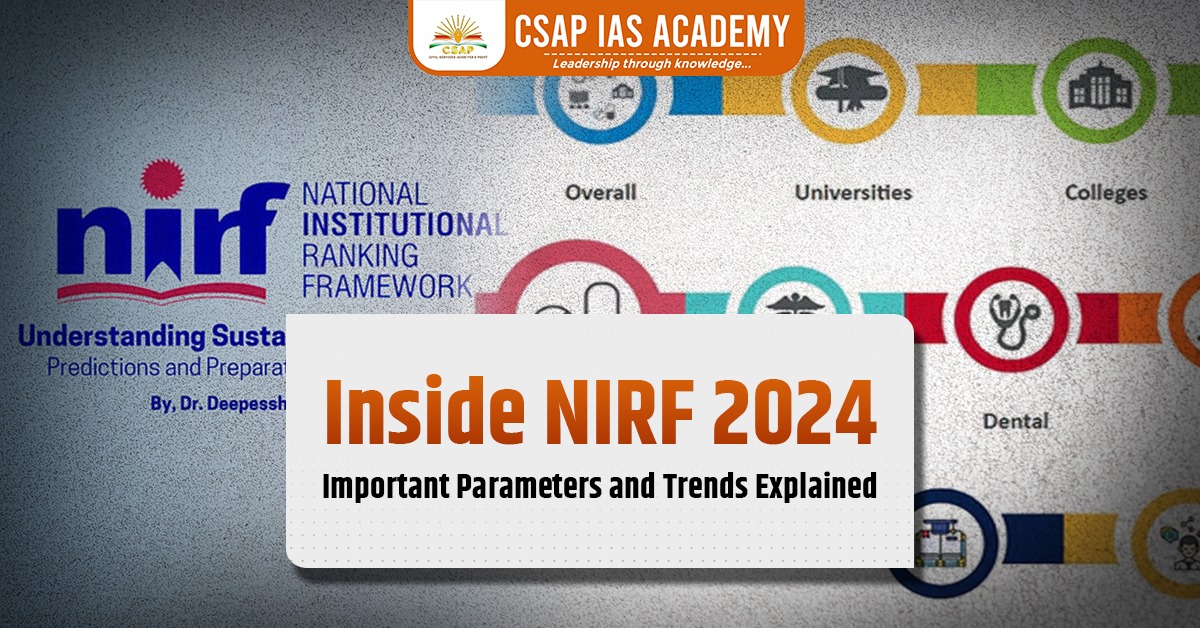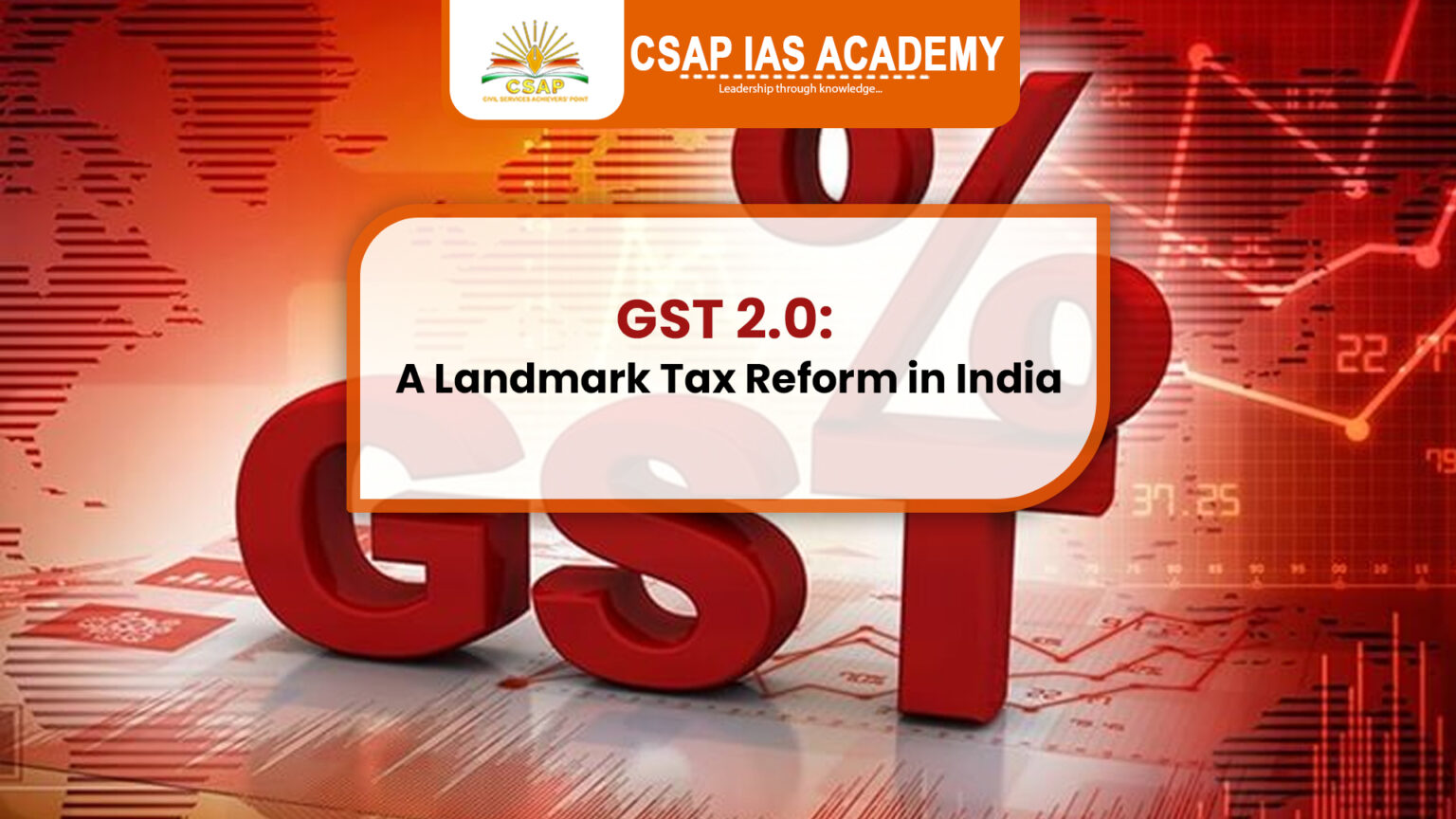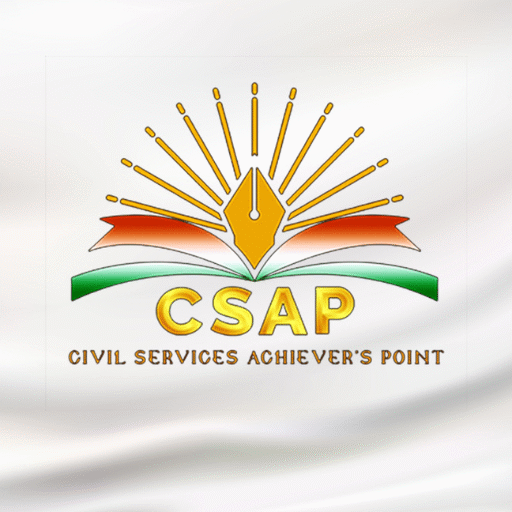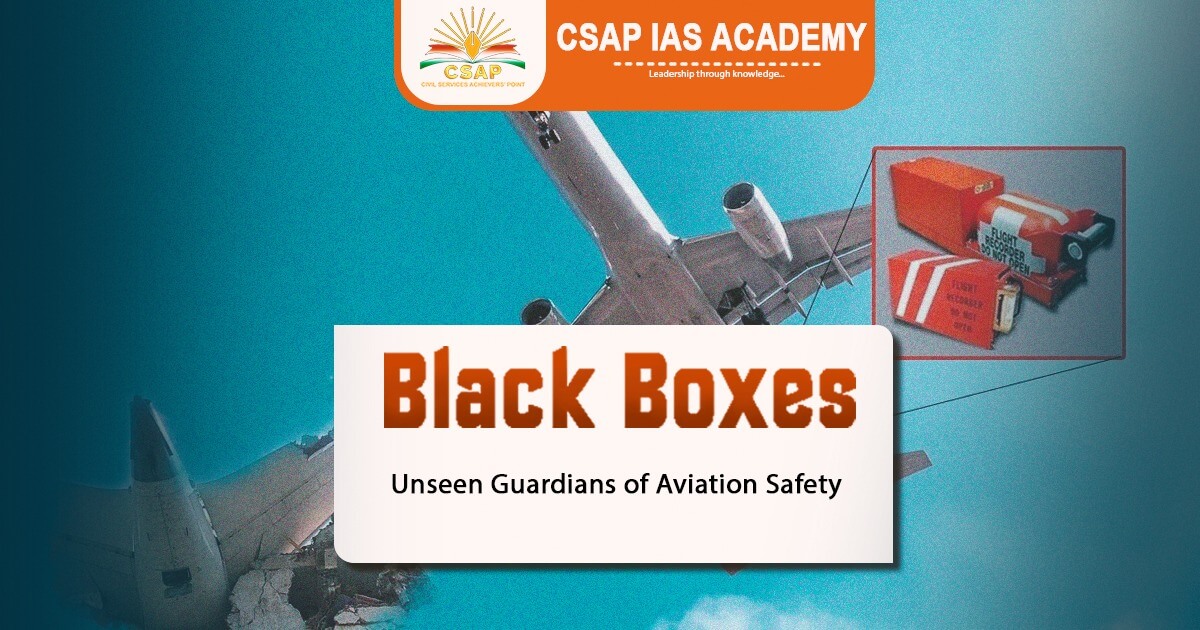The National Institutional Ranking Framework (NIRF) is an initiative by the Ministry of Education, Government of India, that has transformed the landscape of higher education in the country. Established to provide transparent and credible rankings, NIRF evaluates institutions across diverse parameters, offering a reliable benchmark for students, parents, and stakeholders.
This blog delves into why NIRF has been making headlines recently, highlights its key features, and explores its broader significance in shaping India’s educational ecosystem.
Why is NIRF in News?
The National Institutional Ranking Framework (NIRF) 2024 was recently released, evaluating and ranking higher education institutions in India based on multiple parameters to enhance governance, inclusivity, and education standards.
Key Highlights of NIRF
Introduction to NIRF
- Launched in 2016 by the Government of India to rank higher education institutions (HEIs).
- Aims to improve governance, inclusivity, and overall education quality.
- Expanded from 4 categories initially to 13 categories in 2024, including universities, colleges, engineering, management, law, and more.
Parameters of Evaluation
NIRF evaluates institutions using five broad parameters:
- Teaching, Learning & Resources (30%):
Includes faculty-student ratio, teaching quality, and infrastructure.
- Research & Professional Practices (30%):
Focus on research publications, patents, and industry collaborations.
- Graduation Outcomes (20%):
Measures student placements, higher studies, and entrepreneurship.
- Outreach & Inclusivity (10%):
Considers the percentage of economically disadvantaged and socially inclusive students.
- Perception (10%):
Feedback from peers, employers, and the academic community.
Key Features of NIRF
1. Inclusivity:
- Focus on economically and socially disadvantaged groups.
- Emphasis on gender representation in academic and administrative roles.
2. Governance:
- Encourages strategic planning by including multiple stakeholders (teachers, students, alumni, parents, etc.).
- Adopts a transparent and participatory ranking process.
3. Education Standards:
- Supports innovation and improved teaching methodologies.
- Promotes implementation of National Education Policy (NEP) 2020 by integrating online and interdisciplinary courses.
2024 Rankings Overview
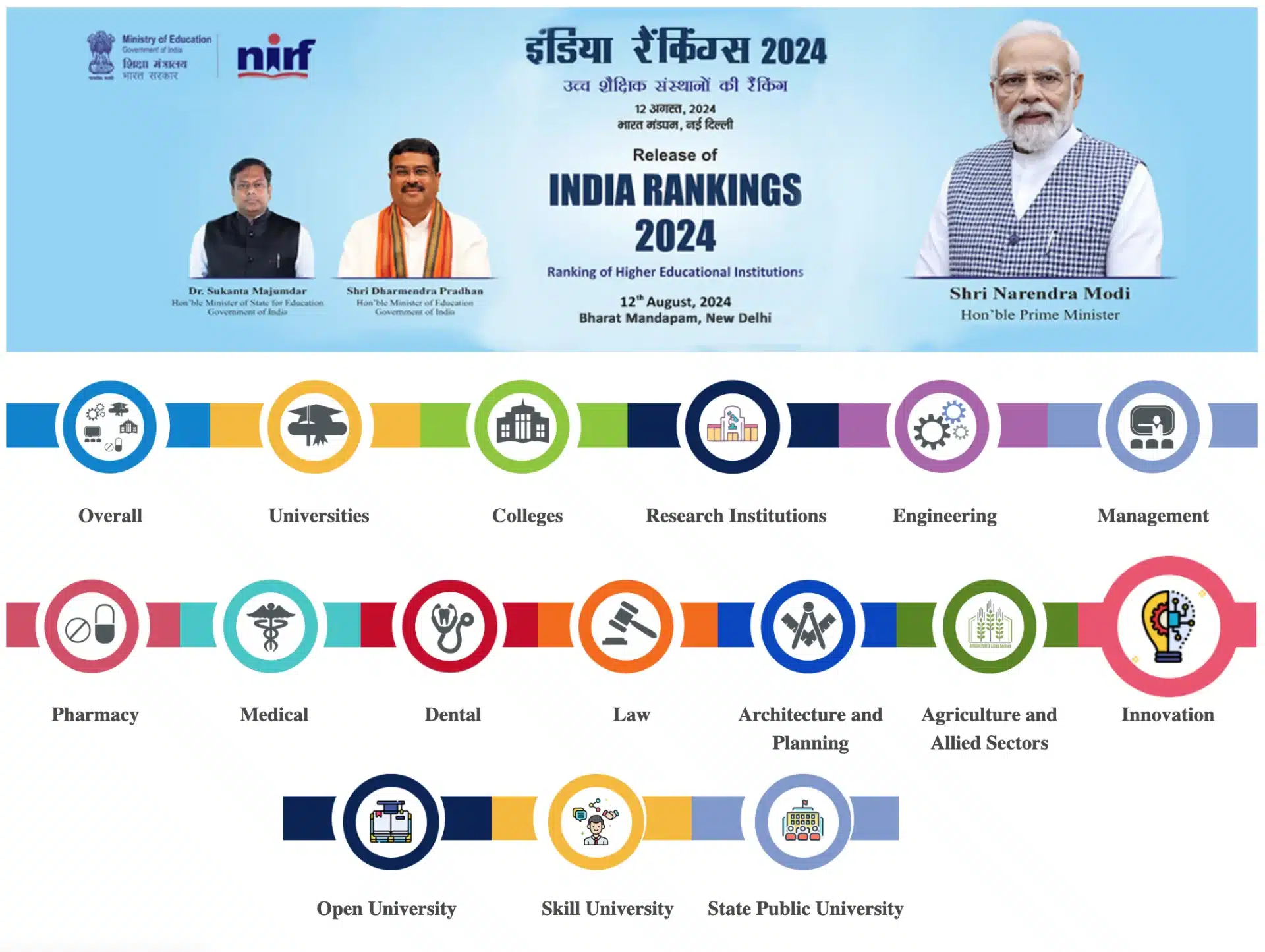
1. Top Performers:
- Tamil Nadu leads with the highest number of ranked institutions.
- Top 10 universities include IIT Madras, IISc Bengaluru, and JNU Delhi.
2. Regional Gaps:
- Northeastern states have fewer institutions ranked in the top 100.
- Southern states dominate the rankings.
Significance of NIRF
- Governance:
- Promotes accountability and efficient management in HEIs.
- Encourages institutions to achieve global benchmarks.
- Inclusivity:
- Recognizes institutions catering to underrepresented groups.
- Enhances accessibility for economically and socially disadvantaged students.
- Education Quality:
- Provides clear metrics to improve research, teaching, and infrastructure.
- Drives competition among HEIs to achieve excellence.
- Impact on Policy:
- Aligns with the goals of NEP 2020 to improve interdisciplinary learning and online education.
- Helps policymakers identify areas of improvement in education governance.
Final Thoughts
The National Institutional Ranking Framework stands as a beacon of excellence, driving competition and encouraging continuous improvement among educational institutions in India. Its emphasis on transparency, innovation, and inclusivity has set a new standard for academic benchmarks. By understanding its importance and recent developments, we can better appreciate its role in fostering a globally competitive educational environment, empowering both institutions and students to reach new heights of success.
Read: Citizenship (Amendment) Act, 2019
Download App:

